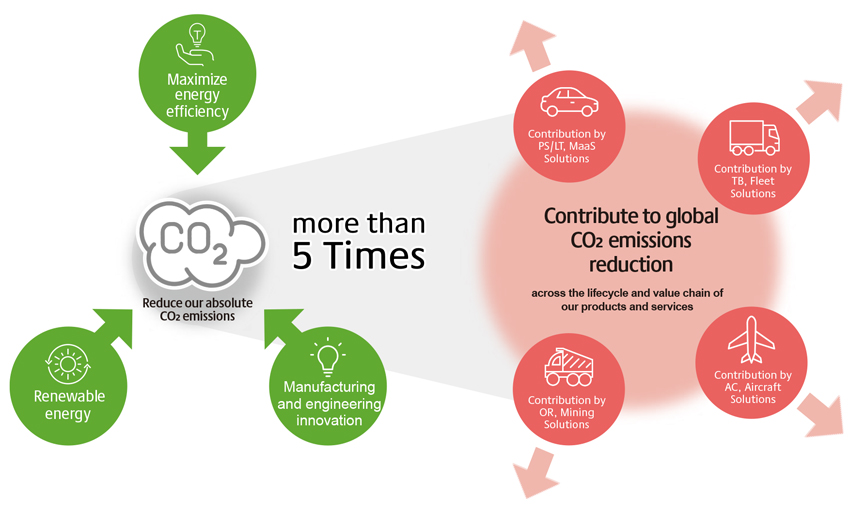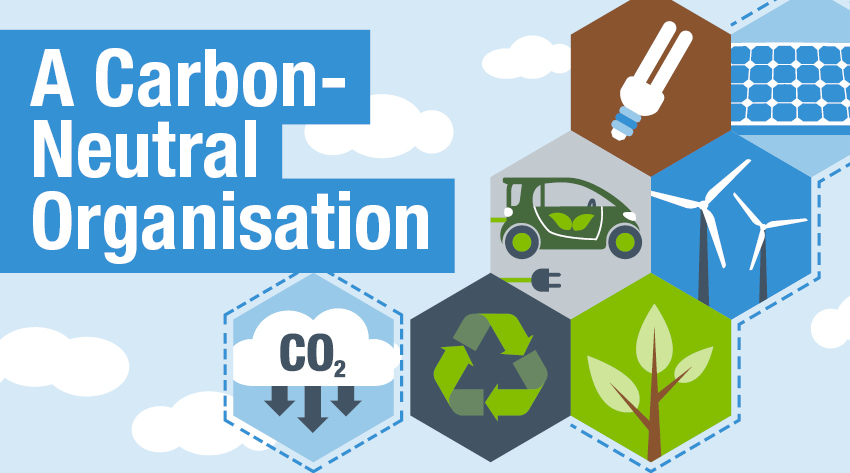Exploring the impact of smart GEP technology on reducing carbon footprint, this introduction sets the stage for an insightful discussion on sustainable energy solutions.
The following paragraph will delve into the details of how smart GEP technologies are revolutionizing the fight against climate change.
Introduction to GEP’s role in reducing carbon footprint

Green Energy Platforms (GEPs) play a crucial role in promoting sustainability by harnessing renewable energy sources to power various systems and processes. These platforms are designed to reduce our dependence on fossil fuels, thereby minimizing carbon emissions and combating climate change.
Smart GEP Technologies
Smart GEP technologies utilize advanced monitoring and control systems to optimize energy production and consumption. By efficiently managing renewable energy sources such as solar, wind, and hydroelectric power, these technologies help lower carbon emissions and promote a cleaner environment.
Significance of GEPs in Combating Climate Change
The use of GEPs as a solution to combat climate change is significant due to their ability to provide sustainable energy solutions. By reducing carbon footprint through the adoption of renewable energy sources, GEPs contribute to mitigating the adverse effects of climate change and promoting a greener future for generations to come.
Smart features of GEP for carbon footprint reduction
Green Energy Power (GEP) systems are equipped with smart features that play a crucial role in reducing carbon footprint through intelligent energy management.
Integration of Intelligent Systems and Technologies
GEPs utilize advanced technologies such as Internet of Things (IoT), artificial intelligence, and machine learning to optimize energy consumption and reduce carbon emissions. These systems enable real-time monitoring and control of energy usage, allowing for efficient operation and minimal wastage.
Optimization of Energy Consumption
Smart GEP solutions are designed to analyze energy patterns, predict consumption trends, and adjust settings accordingly to minimize carbon footprint. By dynamically adjusting energy usage based on demand and availability, GEPs ensure maximum efficiency and sustainability.
Utilization of Sensors, Automation, and Analytics
GEPs are equipped with sensors that gather data on energy usage, environmental conditions, and other relevant factors. This data is then processed through automation and analytics tools to optimize energy consumption in real-time. For example, smart thermostats can adjust heating and cooling based on occupancy, weather conditions, and energy prices, leading to significant energy savings and reduced carbon emissions.
Impact of GEP on renewable energy adoption
Green Energy Powerplants (GEPs) play a crucial role in accelerating the transition to renewable energy sources, significantly reducing carbon emissions and promoting sustainability.
Facilitating Transition to Renewable Energy Sources
GEPs enable the integration of renewable energy sources such as solar, wind, and hydroelectric power into the grid, providing a cleaner and more sustainable energy mix.
By investing in GEPs, countries and companies can reduce their reliance on fossil fuels and decrease carbon emissions, contributing to a greener future.
Role in Promoting Clean Energy Production and Distribution
GEPs promote the production and distribution of clean energy by harnessing natural resources in an environmentally friendly manner.
These power plants generate electricity through renewable sources, reducing the carbon footprint associated with traditional energy production methods
Comparison with Traditional Energy Systems
When compared to traditional energy systems that rely heavily on fossil fuels, GEPs have a significantly lower carbon footprint.
By utilizing renewable energy sources, GEPs help mitigate the environmental impact of energy generation and contribute to a more sustainable energy sector.
Case studies and success stories

In the real world, the implementation of Green Energy Platforms (GEP) has led to significant reductions in carbon footprint and greenhouse gas emissions. Let's explore some success stories and measurable impacts of GEP technologies on reducing carbon emissions.
Impact of GEP in Manufacturing Industry
- A manufacturing plant in California implemented smart GEP solutions, optimizing energy consumption and reducing carbon emissions by 30% within the first year.
- The use of renewable energy sources integrated with GEP technology allowed the plant to achieve sustainability goals while improving overall operational efficiency.
- The successful case study highlighted the importance of smart energy management systems in reducing carbon footprint in industrial settings.
Community-wide Adoption of GEP
- In a small town in Denmark, the adoption of GEP in residential buildings and public facilities led to a 40% reduction in greenhouse gas emissions over five years.
- The community's commitment to renewable energy sources coupled with smart GEP features like energy monitoring and optimization played a crucial role in achieving such significant reductions.
- This success story showcases the positive impact of GEP on community-wide efforts to combat climate change and promote sustainability.
Concluding Remarks

In conclusion, the discussion on smart GEP technologies showcases the promising future of sustainable energy practices and their crucial role in mitigating environmental challenges.
FAQ Section
How does smart GEP technology contribute to reducing carbon emissions?
Smart GEP technologies optimize energy consumption through intelligent systems, sensors, automation, and analytics to minimize carbon footprint effectively.
What are some examples of smart features integrated into GEPs?
Examples include advanced sensors for monitoring energy usage, automation systems for efficient operations, and analytics tools for data-driven decision-making in carbon reduction.
How do GEPs promote the adoption of renewable energy sources?
GEPs facilitate the transition to renewables by promoting clean energy production and distribution, thereby reducing reliance on traditional fossil fuels.